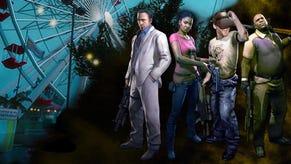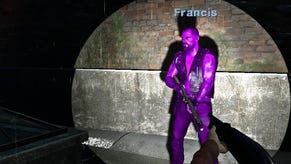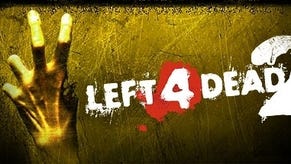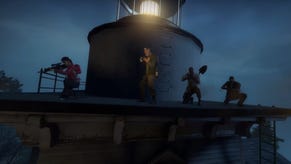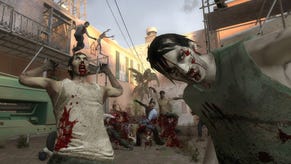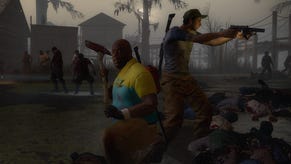Left 4 Dead 2
Southern fried gold.
"Attaching laser sights to your weapon makes it more accurate." Yeah right. Actually, I have no idea whether attaching laser sights to your weapon in Left 4 Dead 2 makes it more accurate. It's hard to verify, even after you've shot 7500 zombies during your first day playing it. But attaching laser sights to your weapon certainly makes it look cool.
The laser sights aren't the best thing in Left 4 Dead 2. When you first encounter them halfway through the opening campaign, Dead Center, they're not even the best thing in that room - the man who wants you to go across the road and get him some Cola is. But they are symbolic of a broader change to a game that looked to some like a cash-in: whereas Left 4 Dead was about getting people to co-operate, and a nervous Valve was reluctant to complicate things in case people misunderstood, Left 4 Dead 2 is about making the most of the fact people did get it, by having some fun with the concept. Because people really, really did get it.
On the off chance you didn't play the original, Left 4 Dead 2 is a first-person shooter designed for four players to play together. You pick from one of four characters, choose a campaign and then work with one another to survive the zombie apocalypse the game unloads between the starting point and the last chopper out of town.
The first game was a ballache for Valve to produce, but the results were simple for players to understand, because it had good rules and well-worked systems. On a basic level, you chose a big gun and a pistol and fought zombies until you got to the next safe-room, and then pressed a button at the end and defended against waves of enemies until help arrived. Behind the scenes though, Valve did a lot of heavy lifting. An "AI director" varied the volume and location of enemies depending on your skill, teamwork and previous experiences, and the level design kept you on the back foot with no idea where the next threat would come from, even while it simultaneously left you in no doubt where to go next.
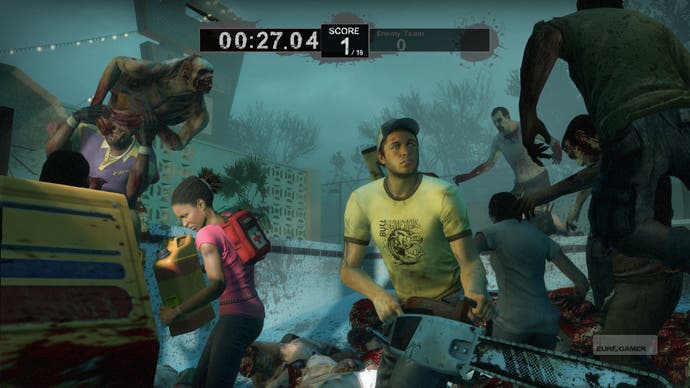
It did almost everything extremely well. Along with hordes of fast-moving "common infected", there were five types of "special infected" the director could deploy to mix things up, and it did. Everyone's favourite was the Witch, a terrifying vision in granny pants, who sat on the floor crying and would incapacitate you if you got in her face, deliberately or otherwise, meaning someone would have to waste time reviving you, probably while other zombies attacked.
All wonderful. Even so, the game felt like an unlikely success. It was a pure co-op shooter where you didn't even have to unlock campaigns or play them in order, and conventional wisdom said you could only do this sort of thing in games if it wasn't the main event. Left 4 Dead proved otherwise, so Valve has kicked off the stabilisers.
Those already expecting new, high-contrast locations and graphical themes wrapped around refined gameplay may still be shocked by the bold changes to the structure of the five campaigns we get this time. Dead Center sets the tone, with an escape from a burning building, a rush to re-supply an entrenched caffeine addict, and a finale that is still built around a siege like the ones in the first game, but which requires you to gather petrol cans to fuel a car rather than simply surviving waves of attack.


